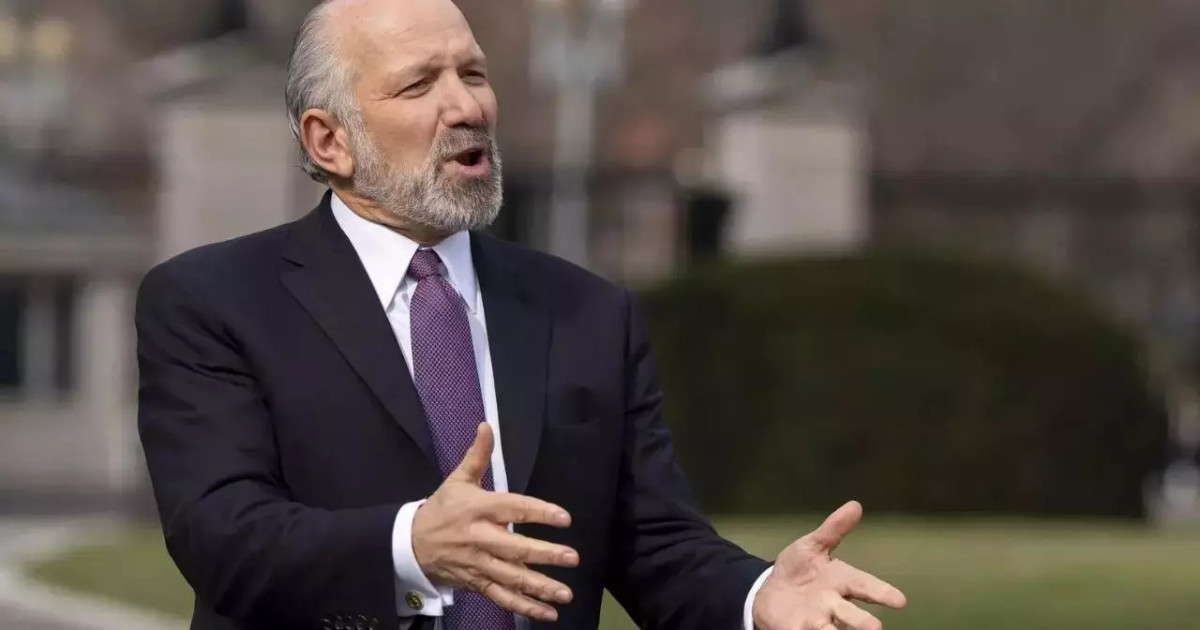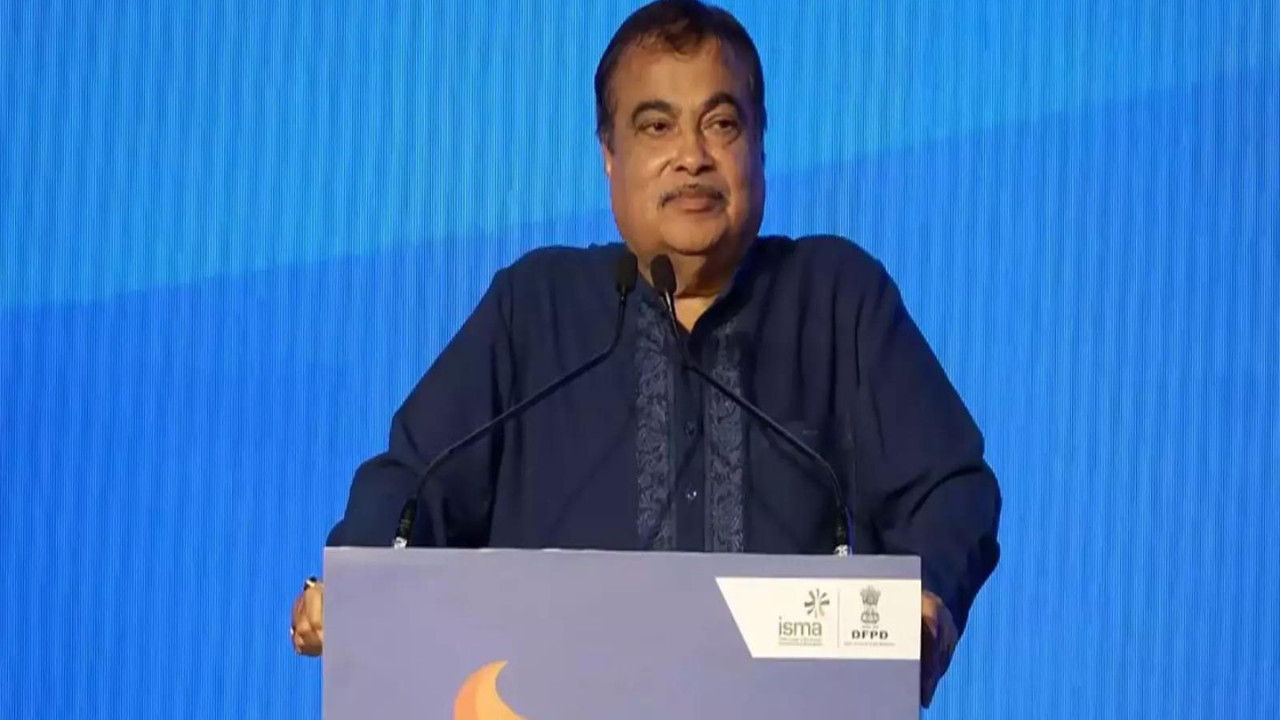ICRA projects India’s real GDP growth to exceed 6.5% in FY2025-26, with real GVA growth surpassing 6.3%. Rural demand, tax relief, and lower EMIs are expected to fuel this expansion. CPI inflation is projected above 4.2%, while WPI is estimated over 2.7%. The fiscal deficit is forecast at 4.4% of GDP, and the current account deficit at -1%.
India’s Growth Story: A Little Sunshine Breaking Through the Clouds?
Okay, let’s talk about India’s economic future. Forget the dry, statistical forecasts for a minute and picture this: A farmer in Maharashtra, finally able to afford a new tractor. A young entrepreneur in Bangalore, seeing a surge in demand for her eco-friendly products. A middle-class family in Delhi, breathing a little easier after some much-needed tax relief.
That’s the kind of picture ICRA, the credit rating agency, seems to be painting, projecting India’s GDP growth to consistently exceed 6.5% by fiscal year 2026. Now, before you start planning your early retirement based on those numbers alone, let’s unpack what’s driving this optimism and what potential potholes might lie ahead.
For years, we’ve been hearing about India’s “untapped potential,” and while that potential certainly exists, turning it into tangible progress requires a complex dance of policy, investment, and plain old hard work. ICRA’s outlook isn’t just pulled out of thin air; it’s rooted in a few key factors, most notably the anticipated resurgence of rural demand and the positive impact of recent tax relief measures.
Think about rural India for a second. It’s not just about farms and fields; it’s the engine that powers a significant chunk of our consumption. If farmers have more disposable income – through better harvests, improved irrigation, or even just more favorable market prices – that money ripples outwards, boosting demand for everything from consumer goods to construction materials. ICRA’s prediction hinges on the idea that rural demand, which has been a bit sluggish lately, will finally kick into high gear, fueled by things like government schemes and a (hopefully) favorable monsoon season.
And then there’s the tax relief. Now, taxes are never the most exciting topic, but they undeniably influence spending. By putting more money back into the hands of consumers, the government is essentially hoping to stimulate demand and encourage investment. This isn’t a magic bullet, of course. People need to want to spend that extra money, and confidence in the economy plays a huge role in that.
But let’s not get carried away with visions of double-digit growth just yet. There are definitely some headwinds to consider. Globally, things are still a bit shaky. Inflation remains a concern in many countries, and geopolitical tensions are casting a long shadow. A global slowdown would inevitably impact India, particularly our export sector. We are dependent on demand for goods and services from other economies and these are subject to a wide range of domestic and international factors.
Moreover, internally, India faces its own set of challenges. Infrastructure bottlenecks, bureaucratic red tape, and the ever-present issue of unemployment all need to be addressed if we want to achieve sustained, high-level growth. The ICRA report subtly acknowledges these challenges, which it refers to as being critical to sustained momentum. It means more than just hoping for the best; it requires proactive and strategic interventions from the government and the private sector alike.
I think what’s fascinating is the resilience of the Indian economy despite all the global turmoil. We’ve seen other nations falter, struggle, and frankly, suffer far worse effects from the pandemic and subsequent geopolitical chaos. India, while certainly feeling the pinch, has managed to maintain a relatively stable course.
So, what does all this mean for you and me? Well, it suggests that the long-term outlook for the Indian economy is cautiously optimistic. There’s a sense that we’re on the right path, but the journey ahead will require careful navigation and a continued focus on addressing the fundamental challenges that hold us back.
While we might not be quite ready to pop the champagne and declare victory, it’s certainly encouraging to see signs of positive momentum. The key now is to build on this foundation, fostering a climate of innovation, investment, and inclusive growth that benefits all segments of society.
Ultimately, the India growth story is still being written, and while no one can predict the future with certainty, reports like this offer a valuable glimpse into the potential chapters yet to come. What will decide how the story ends is how well we prepare, adjust, and remain pragmatic in our planning.







